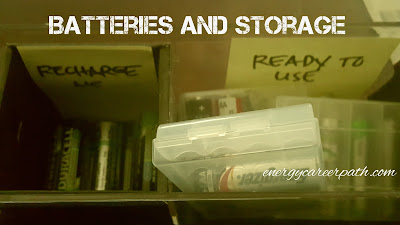COVID-19 and Hands-on Training
ECP had it's first run at providing hands-on training with FutureBuild in Pittsburg, California with an emphasis on social distancing. FutureBuild did a great job preparing the training site to accommodate social distancing. This included thermometer checks (both staff and students) prior to entry into the training site, distance-compliant seating with benches as seen in the photo. Here are some of the takeaways for organizations that are interested in opening up their training during the pandemic:
1. Training needs to start with awareness. Odds are that there will be a few students that have not paid attention to how the pandemic has developed since the first case. Training should start off with the host site giving their students a class on COVID-19 and the proper way to social distance.
2. Establishing a shared commitment to keeping the class safe. In some instances, there are students that do not believe that the pandemic is real. This means that even though social distancing can be enforced during the training, this doesn't change behaviors away from the classroom. This level of disregard is real and unfortunately increases the risks of bringing the virus back into the classroom. Each student must commit to doing whatever it takes to practice social distancing. If not for themselves, then at least for the families of the other classmates and staff. Over the course of the training, constant reminders for students to think about everybody that's affected is critical.
3. 6 Feet is 6 Feet - but how difficult is it to really maintain that during training. Very. Students have a natural tendency to socialize in close proximity. It's what makes training fun! But that creates a whole new level of class management. It becomes very important for organizations to provide assistance to the instructors to help with social distancing while the instructor provides the training.
4. Hands-on training is slower - In order to maintain a high level of instructor-student interaction while employing social distancing methods, instructors are forced to go from teaching clusters of students encircling the instructor down to 1-2 individuals at a time while the rest of the class keeps their distance. Ideal training scenarios will require an instructor and co-instructor/assistant.
5. Space dictates class size - Referring back to the "6' rule", training sites must take into consideration that you can't simply mark off a couple of markers on the ground that are 6' apart. As mentioned in #3, students have a tendency to close in on one another to have a conversation or without being aware, they tend to shift stances and close the 6' gap. So stations/markers need to be wider than 6 feet. Many organizations have a class size requirement. When that's the case, it's important for those organizations to provide as much assistance to ensure the safety of the class.




Comments
Post a Comment